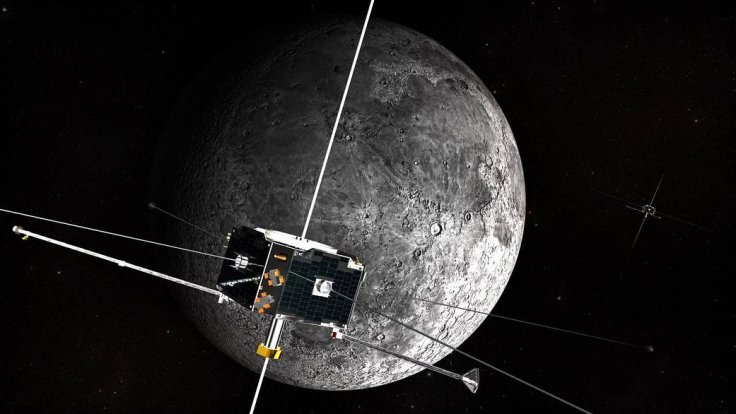
China's experiment to grow plants on the "dark" side of the Moon has already failed.
Just days after announcing that the cotton seeds brought to the Moon by Chang'e-4 had begun germinating, China's space agency China National Space Administration (CNSA) revealed that the seedlings were not able to withstand the conditions of the lunar surface.
The cotton seedlings had apparently died due to the extreme cold temperatures on the Moon, Hong Kong news outlet GB Times reported.
Professor Liu Hanlong of Chongqing University, who is the project's leader, announced during a news conference on Wednesday that temperatures fell to -62 degrees Fahrenheit inside the biosphere of the Chang'e-4 on the far side of the Moon. The temperature could even drop to -292 degrees Fahrenheit.
There have been no images and clear reports regarding the development and possible death of the seeds of rapeseed, potato and Arabidopsis, fruit fly eggs and yeast. But it is likely that they had also been frozen.
There is no onboard mechanism to keep the biosphere inside the Chang'e-4 warm without sunlight, so the plants had withered and died after just a few days, according to Live Science. This effectively ended China's 100-day experiment to grow plants on the lunar surface.
For comparison purposes, the coldest temperature that has ever been recorded on Earth is -128.6 degrees Fahrenheit. This was taken on July 21, 1983 at the Soviet Vostok Station in Antarctica.
This announcement comes just a few days after CNSA unveiled a photo of the first plant to ever sprout on the dark side of the Moon.
Liu previously revealed that the cotton seeds had been first to sprout, followed by the rapeseed and potato seeds that were also in the airtight container designed for growing plants and crops in shocking conditions aboard the Chang'e-4 probe.
First in human history: A cotton seed brought to the moon by China's Chang'e 4 probe has sprouted, the latest test photo has shown, marking the completion of humankind's first biological experiment on the moon pic.twitter.com/CSSbgEoZmC
— People's Daily, China (@PDChina) January 15, 2019
The scientists had been hoping to find out if it was possible to grow plants within an artificial "biosphere" as part of their long-term goal of building an international research base on the Moon.
"Why potato and Arabidopsis? Because the growth period of Arabidopsis is short and convenient to observe. And potato could become a major source of food for future space travelers," Liu said of the plants brought by Chang'e-4. "Our experiment might help accumulate knowledge for building a lunar base and long-term residence on the moon."
Aside from the plants, the airtight container, dubbed the moon surface micro-ecological circle, also had silkworm eggs that scientists hoped would hatch into moths and provide carbon dioxide and nutrients to the plants.
This article was first published in IBTimes US. Permission required for reproduction.









